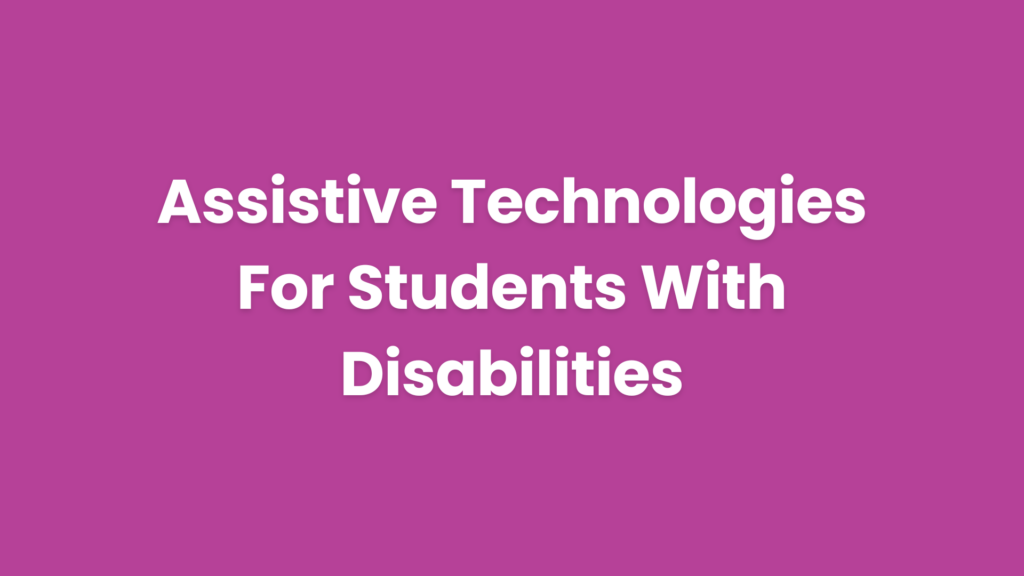Just as your campus buildings have braille signs, wheelchair ramps, and elevators to make them accessible to everyone, think of web accessibility in the same way: all users, regardless of disabilities or conditions, should be able to access and interact with your online course content and technologies.
Did you know:
More than 1 in 4 people in the US have a disability. Disabilities can include cognitive, neurological, psychological speech, auditory, mobility, and visual, among others.
Color blindness (color vision deficiency) affects about 4.5% of the world’s population. This means a school with 5,000 students has about 225, on average, with color vision deficiency.
Color Blindness Simulator
The comparison images below show how different types of color blindness, also called color vision deficiency, can impact a student’s ability to interpret your online course content.








Scroll to see more examples
Imagine having a color vision deficiency and being asked to focus on one color of text while ignoring another during an online exam. For some, telling these colors apart is nearly impossible, making it hard to follow the instructions. This is just one example of the many web accessibility issues students with disabilities face in e-learning.
What is web accessibility?
Web accessibility means designing digital resources and content that everyone can access, use, and interact with, regardless of disabilities and socioeconomic factors, like internet bandwidth and speed, that can restrict access.
It involves understanding how students with disabilities interact with learning content, recognizing the challenges they face, and designing learning materials, activities, and resources to address those challenges.
Why is accessibility important in online learning?
Accessibility in online learning is important because it gives every student a fair chance to learn, participate, navigate, and interact with course content and activities. Without it, many students could face challenges that prevent learning or even accessing courses altogether.
POUR principles
There are four principles of accessibility that are known as POUR principles. POUR is an acronym that stands for perceivable, operable, understandable, and robust.
Perceivable
Students can sense and access online elements through vision, hearing, or assistive technologies.
Operable
Students can navigate and interact with content using controls, buttons, or navigation tools.
Understandable
Students can easily comprehend and use the content and interface.
Robust
Content works across devices, browsers, and assistive technologies.
Web accessibility guidelines and standards
There are several guidelines specific to web accessibility, as well as broader compliance standards that we’ll cover in this article:
- Guidelines: WCAG, Mobile, UAAG, ATAG, EPUB
- Standards: ADA, Section 508, EN 301549
Are guidelines and standards the same thing? No, web accessibility guidelines and standards are different. Guidelines are best practices and recommendations, while standards are legally required. BUT some standards require compliance with guidelines.
Web accessibility guidelines
Web Content Accessibility Guidelines (WCAG)
WCAG provides technical standards and best practices to create more accessible digital content that supports every user, regardless of disabilities, content type, or device. Instructional designers and instructors can use WCAG to create accessible course content for people with disabilities, such as physical and mobility conditions, blindness, deafness, speech difficulties, and learning disabilities.
Examples of WCAG recommendations:
- Consistent course format: Use a consistent layout across course materials to make navigation easy (e.g., keeping headers, footers, and navigation in the same place).
- Easy to read text: Use accessible font sizes, high color contrast, and appropriate spacing to improve readability.
- Text alternatives for non-text content: Add text descriptions to all multimedia used in your course. For example, alt-text for images, captions and subtitles for videos, transcripts for audio, etc.
- Keyboard Accessibility: Make all course elements usable and navigable by keyboard (e.g., navigation, reading materials, quizzes, etc.).
- Avoid flashing elements: Don’t use any elements in your course that flash more than three times per second.
Mobile Accessibility Guidelines
W3C, the same standards organization that created the other guidelines in this article, provides broad guidelines for designing content that is accessible and works well on mobile devices.
Mobile accessibility tips for online courses:
- Optimize for small screens: Minimize the information on each page (e.g., fewer images and modules) and use responsive design to adjust the layout.
- Support zoom/magnification: Allow students to zoom in on content.
- Use high color contrast: High contrast is important for readability on mobile devices, especially in bright or changing light conditions like outdoor sun glare.
- Simplify touchscreen gestures: Use simple gestures, like single or double tapping or swiping, and provide an on-screen indicator or advisement of the gestures.
- Easy to access buttons: Place buttons and interactive elements in locations where they easy to reach and usable with one hand.
- Key information at the top: Place important information at the top of the page to assist users with low vision and cognitive impairments with locating content without extra interaction.
User Agent Accessibility Guidelines (UAAG)
UAAG makes internet browsers and media players (YouTube, Vimeo, Spotify, etc.) easy to use and compatible with assistive technologies. These guidelines helps create a more accessible, consistent experience regardless of the browser or media players used in your courses. UAAG is important for online courses because it allows all users—students, faculty, and staff—to access and interact with learning materials regardless of their accessibility needs, devices, and platforms.
Authoring Tool Accessibility Guidelines (ATAG)
ATAG makes website builders and content editors more accessible for designers and developers with disabilities. This is important for online courses because it allows instructional designers, e-learning staff, and instructors to create e-learning materials that all students can access and use.
ATAG is relevant for authoring tools used to:
- Create web pages (WYSIWYG HTML editors)
- Generating websites (learning management systems (LMS), courseware tools, content management systems)
- Convert documents to web technologies (word processors and HTML converters)
- Save content in web formats (word processors and desktop publishing apps)
- Quickly update portions of web pages (blogs, forums, etc.)
- Produce digital multimedia content (video editors)
- Send emails with messages using web content technologies (Mailchimp, Hubspot, etc.)
- Create mobile applications (Adobe XD, Figma, etc.)
Ebook Accessibility (EPUB)
EPUB accessibility guidelines help make ebooks and other digital publications accessible to people with disabilities by supporting screen readers, making the content easy to navigate, and including alt text for images. In online learning, these guidelines allow all students, including those with visual or cognitive impairments, to access and engage with ebooks and other digital publications.
What makes an ebook accessible?
Accessible ebooks make reading easier for everyone, like screen reader compatibility for students with vision impairments, read-aloud text for learners with dyslexia, and switch control support for those with motor disabilities. Some also offer extra features like sign language videos for deaf users or simplified text for learners with intellectual disabilities.
Accessibility Compliance Standards
Americans with Disabilities Act (ADA)
What is ADA compliance?
The Americans with Disabilities Act (ADA) is a federal law created by The Department of Justice that protects people with disabilities by prohibiting discrimination. ADA grants equal access to public spaces, jobs, transportation, telecommunications, and online services, like education. It requires schools, businesses, and other organizations to make reasonable accommodations so everyone can participate fully.
ADA includes web accessibility guidelines like making text and links easy to read, adding alt text to describe images, and providing captions or transcripts for audio and video content to ensure clarity and consistency.
For colleges and universities, ADA compliance—including accessible web content—provides equal access to programs, resources, and facilities for all students, faculty, and staff, which builds a more inclusive environment that meets compliance standards.
Who should follow ADA compliance standards?
ADA impacts many industries and organizations, such as private employers, public organizations (such as schools and universities), and various levels of government agencies. ADA advocates that organizations should self-regulate their web accessibility standards and are encouraged to use WCAG guidelines as well.
Section 508
What is Section 508?
Section 508 is a law that requires federal agencies to make their electronic and information technology—websites, software, and multimedia—accessible to people with disabilities. Complying with Section 508 also requires agencies to make online training accessible.
How does Section 508 apply to higher education?
While Section 508 primarily applies to federal agencies, its standards influence higher education institutions, especially those receiving federal funding, which includes requirements to meet accessibility standards like Section 508. This alignment with other accessibility standards helps provide all students equal access to e-learning resources and educational opportunities.
EN 301 549
EN 301 549 is a European standard that sets accessibility requirements for digital products and services that make them usable by people with disabilities. It builds on WCAG but also covers requirements that make biometric technologies such as facial recognition and fingerprint scanning accessible for people with disabilities. While EN 301 549 is primarily used by European Union (EU) countries, other countries, including Canada, Australia, Sweden, and Norway, use it as a framework for their accessibility efforts.
Accessibility Checkers and Compliance Testing
Web accessibility checkers to help you create online courses that are accessible for everyone.


